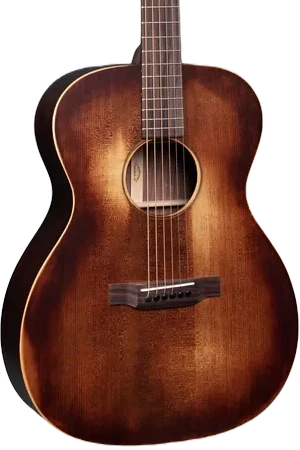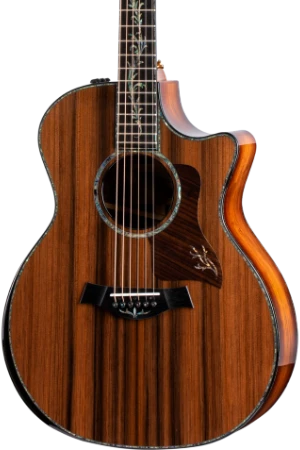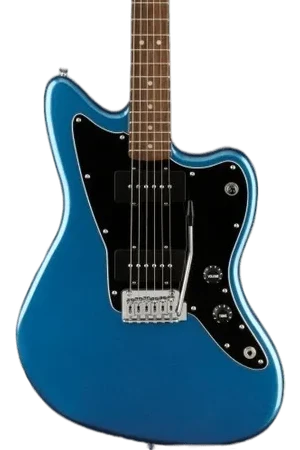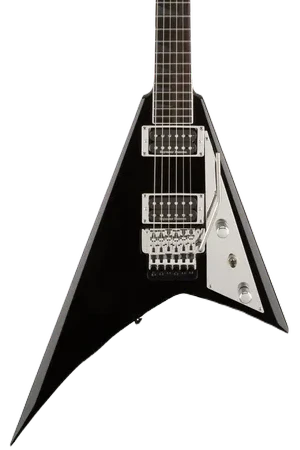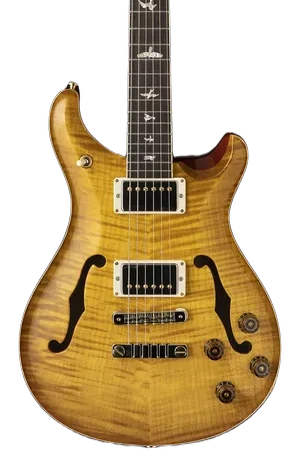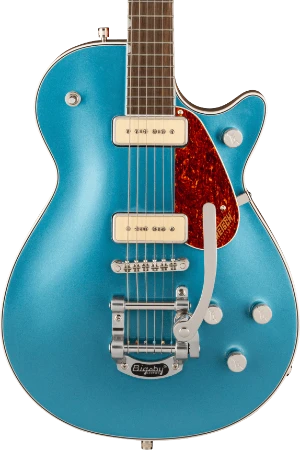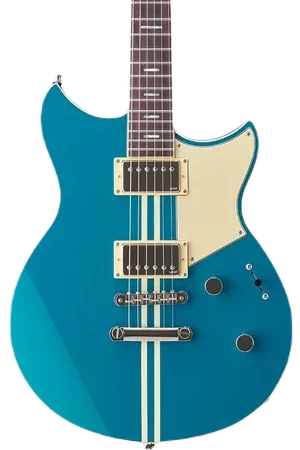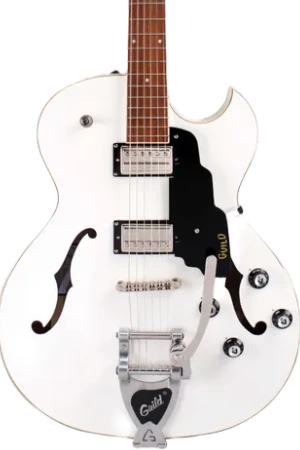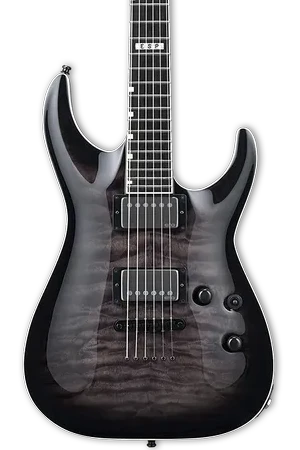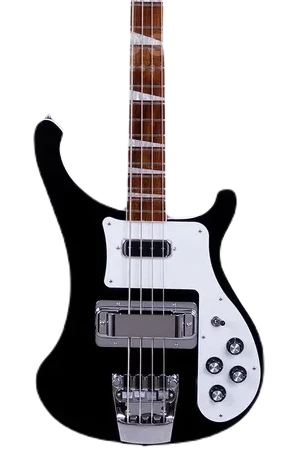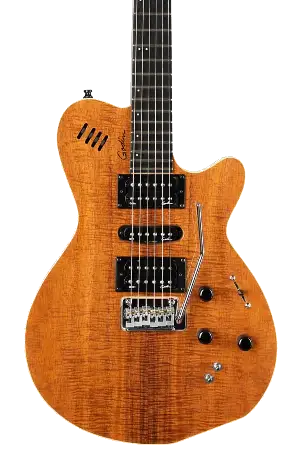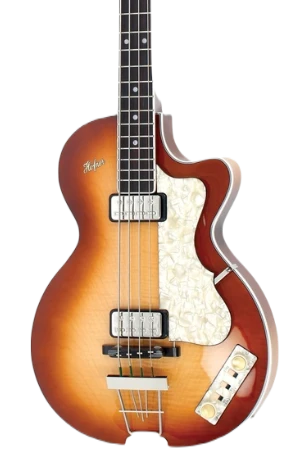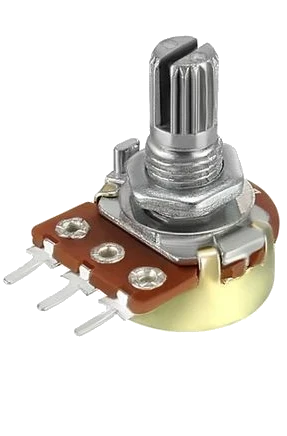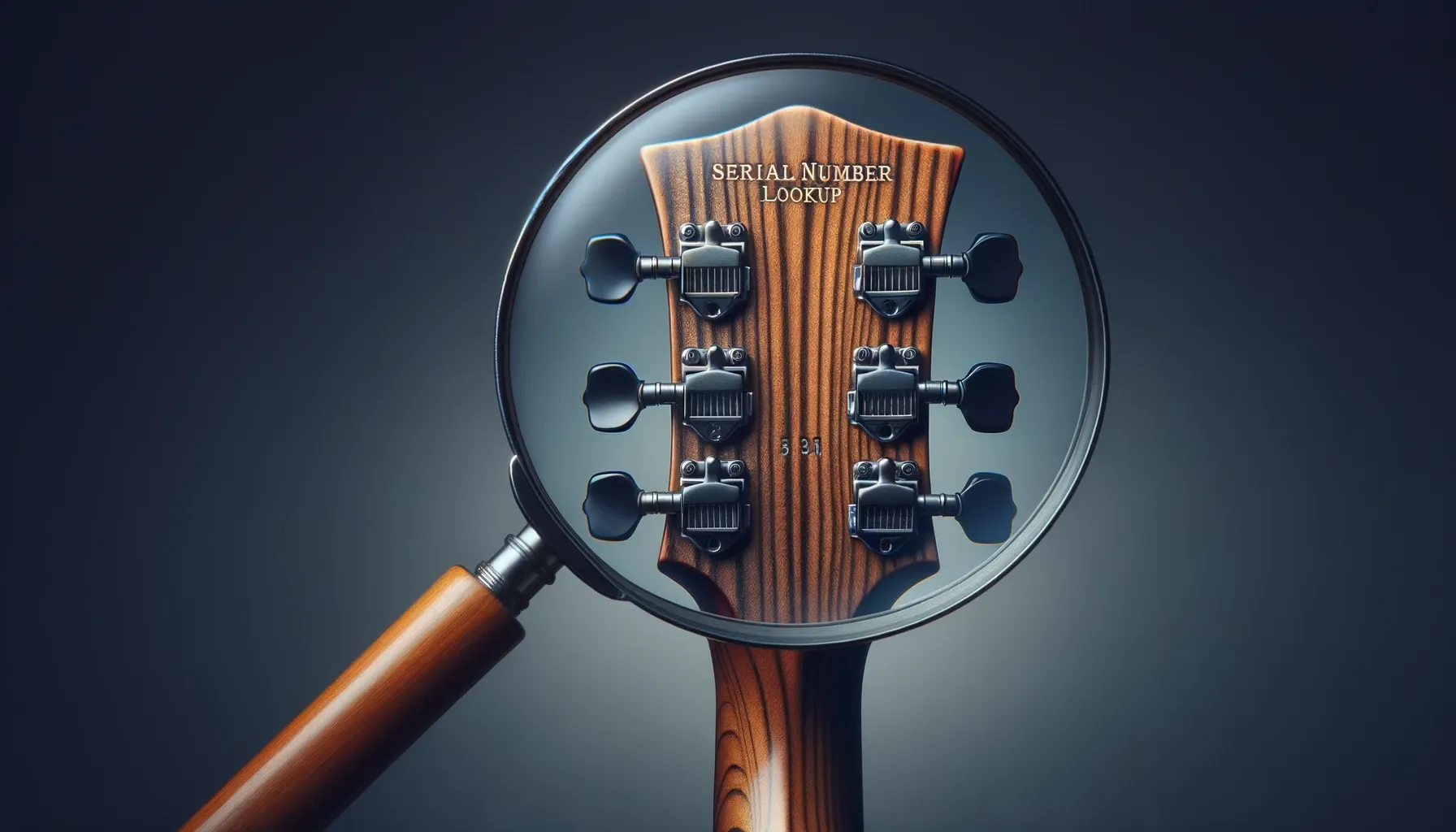
Table of Contents
To check your guitar’s serial number and determine its manufacturing details, follow these 3 steps:
Step 1. Identify The Manufacturer
Determine the guitar’s manufacturer or brand. Different brands have different serial number formats and locations.
The coding methods of each guitar brand have undergone frequent changes, leading to some brands having overlapping serial numbers with different coding methods.
We’ve compiled comprehensive information on guitar serial numbers from top guitar brands worldwide:
Step 2. Locate The Serial Number
The guitar serial number is typically found on the back of the headstock (the top part of the neck where the tuning pegs are located) for most electric and acoustic guitars. On some guitars, you may find the serial number inside the soundhole or on the neck plate (for electric guitars).
Guitar serial number is usually a combination of letters, numbers, or both.
In the absence of serial numbers or if they are illegible, the electronic components of an electric guitar can provide information about its production date. For instance, the production code of the potentiometers can tell you about the date when your guitar was made.
Step 3. Decode The Serial Number
Check your serial number using our serial number search tools such as decoders, guides, databases and more.
Some guitar brands offer their own online tools or databases where you can get information about your guitar’s age, place of manufacture, and sometimes even more details.
There are also websites and forums dedicated to helping guitar owners decode guitar serial number for various brands and models. You can use these websites to get more information about your guitar.
If you can’t find information online, you can contact the manufacturer directly. They may be able to provide you with details about your specific guitar.
It is not always possible to determine the age and place of manufacture of a guitar by its serial number. To accurately date a guitar, it is also important to consider its external characteristics. In any case, if we are talking about an expensive instrument, we recommend additionally contacting a guitar expert.
Bonus: How To Check If Your Guitar Is Fake Or Real?
If a serial number is not listed or recognized in the guitar serial number decoder, it does not necessarily mean the guitar is fake.
If you can’t find it, you should pay attention to other details, such as how old the instrument is, what kind of wood it is made of, as well as other indicators on the body of the guitar: stickers, inscriptions, and logos. In the case of an electric guitar, you can determine the year of manufacture by the serial number of the potentiometer (if it is original).
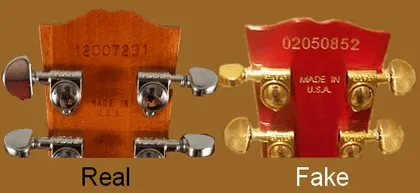
Guitar websites and forums will help you determine the year of manufacture and authenticity of your guitar by serial number or other characteristics. However, it is best to consult a guitar expert because serial numbers can be fake and do not always guarantee the originality of the guitar.
The authenticity of a guitar can never be fully guaranteed as serial numbers are easily replicated. Even if a certificate of authenticity is provided by well-known brands, it could still be subject to fraud.
When considering the purchase of a guitar, pay attention to the price. Authentic and vintage guitars typically hold or increase in value depending on their condition. Suspiciously low prices should raise red flags.
While authorized dealers are unlikely to sell fakes, caution should be exercised when buying privately or online.
Additionally, carefully inspect the appearance of the guitar, including the headstock shape, font, and placement of the serial number. Fret inlays and other features may also differ from the original model on a fake guitar:
- Note the shape of the headstock, the font used, and the position where the guitar serial number is affixed. You can compare this with the original images of the model.
- The manufacturers have advanced equipment to accurately place the inlays between the frets. On a fake, you often see a deviation with respect to the original model.
- There are more external features that you should pay attention to, such as the logo and printed or stamped serial number, but that differs per brand.
- With acoustic guitars, the most common trick is that forgers use cheap plywood instead of solid wood. To do this, look at the inner edge of the sound hole to see if the wood grain also continues.
If you are in any doubt about the guitar’s authenticity, please first contact the manufacturer’s service department and provide the features (or a photo) that you are unsure about.
The manufacturer will certainly respond to this because they want to combat counterfeits and will take action against them.
“Used” stamp on Headstock – MIRC Guitars.
It is often said that guitars that have “USED” printed on them and have a gold-colored or white sticker are fake.
This is definitely not the case! These guitars are refurbished by the company MIRC and sold to dealers at a discounted price.
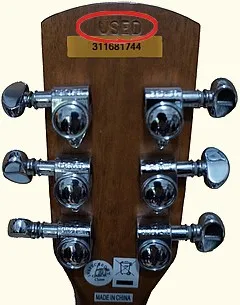
MIRC (Musical Instrument Reclamation Corporation) is an American company that has been renovating used guitars since 1993.
The used guitars are offered to MIRC by reputable dealers. MIRC also repairs guitars from manufacturers that do not meet the set quality requirements.
In most cases, the MIRC guitars are stamped with “USED,” depending on whether the manufacturer has approved this. The stamp “USED” can be seen as a quality sign that the guitar has been refurbished and adjusted by MIRC.
Another feature is that the guitars are provided with a gold-colored or white sticker consisting of 9 numbers starting with 311.
This is not a serial number but an inventory number of MIRC. No production dates can be derived from these digits.
If you are lucky, the original serial number will be below this sticker, but usually, this number has been partially or completely made illegible by MIRC.
The reason for making the serial number illegible, according to MIRC, is to protect the interests of the manufacturer and to prevent the submission of incorrect warranty claims.
A bad argument from MIRC to remove a serial number from this point of view. In the guitar shop, the serial numbers of (non-MIRC) used guitars are not removed or made illegible. Guitar serial number is important during registration and in case of loss or theft of the instrument. In addition, information about the year of manufacture and location is lost, which can be inferred from the serial number.
FAQ
How Old Is My Guitar?
You can determine the year of manufacture of the guitar by its serial number. Using a serial number decoder and instructions can help identify the date when your guitar was made.
How To Find My Guitar’s Serial Number?
The serial number is typically found on the back of the headstock for most electric and acoustic guitars. On some guitars, you may find the serial number inside the soundhole or on the neck plate for electric guitars.
What Does a Serial Number Look Like?
Although the serial numbers are called “numbers,” they do not have to be strictly numeric. Guiatr serial number is usually a combination of several letters, numbers, or both.
Can Two Guitars Have The Same Serial Number?
Some manufacturers repeated serial numbers every few years, which led to the fact that 2 guitars could have the same serial number.
What If My Guitar Has No Serial Number?
If a serial number is not listed, it does not necessarily mean the guitar is fake. However, a serial number is easy to copy, and certificates of authenticity can also be used for fraud.
How To Identify a Guitar Without Serial Number?
In the absence of serial numbers or if they are illegible, the electronic components of an electric guitar can provide information about its production date. Also you should pay attention to other details, such as how old the instrument is, what kind of wood it is made of, and other indicators on the body of the guitar: stickers, inscriptions, and logos.
How Do I Know If My Guitar Is Original?
Guitar websites and forums will help you determine the year of manufacture and authenticity of your guitar by serial number or other characteristics. However, it is best to consult a guitar expert because serial numbers can be fake and do not always guarantee the originality of the guitar.
My Guitar Stamped “USED” On The Headstock. Is It Fake?
It’s often said that guitars that have “USED” printed on them and have a gold-colored or white sticker are fake. This is definitely not the case. These guitars are refurbished by the company MIRC and sold to dealers at a discounted price.
